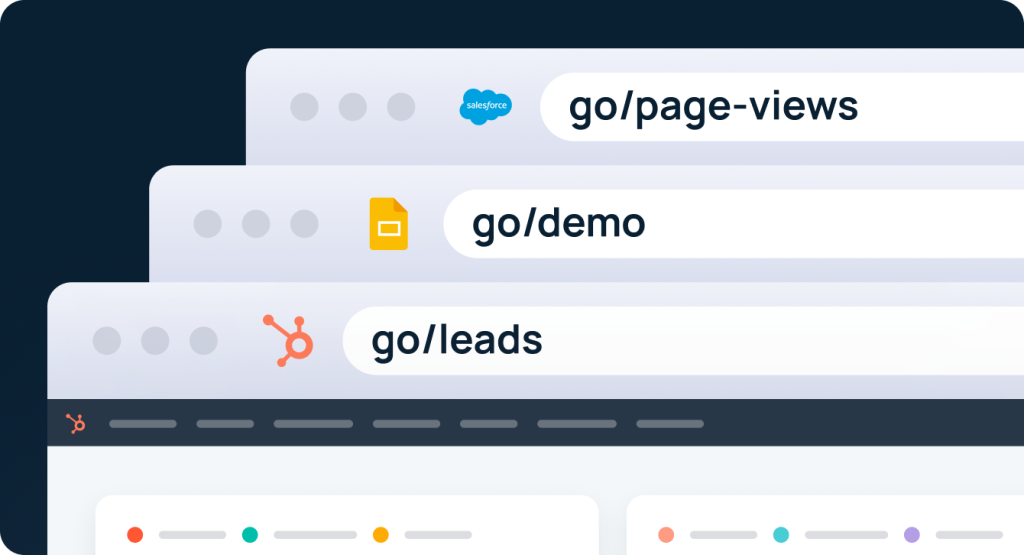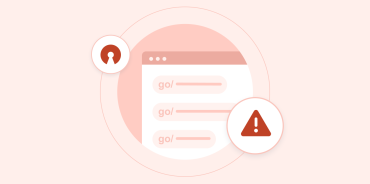If you haven’t heard, 2023 is the year of efficiency. Companies of all shapes and sizes are looking for more ways to increase efficiency without sacrificing growth.
We know that productivity tools are one of the best ways to improve efficiency across the organization. Improving our focus and organization in order to get work done.
For sales and marketing teams, productivity tools are just the tip of the iceberg. If they really want to drive efficient revenue growth, they have to focus on the right prospects at the right times. And to do this, you need two things: fit and intent data.
What is fit?
When we talk about fit, we’re talking about how well a company fits into your ideal customer profile (ICP). An ICP is a profile of the best customer for your business. A data-driven ICP is built using firmographic and technographic data like employee size, technologies used, industry, annual revenue, and more. Companies that fit into your ICP are the most likely to get value out of your product or service.
Example ICP
Type: B2B, SaaS
Employee count: 500 – 1,000 employees
Technology: Uses Salesforce, HubSpot, and Segment
Funding: $10M+ raised
💡Dive deeper: Discover how to reverse-engineer your ICP using data from your best-fit customers in Clearbit’s book How to scale your business with your ideal customer in mind.
What is intent data?
There are two forms of intent data: overt and covert intent. Overt intent is where a prospect openly shows interest in your product or service. This is often done by filling out a form. Examples of overt intent include things like signing up for a webinar, downloading a report, or filling out a contact request form.
Covert intent, on the other hand, is any action a prospect takes that may otherwise go unnoticed by a company. This includes things like visiting your website multiple times in a single day, researching competitors, or looking at your pricing page. Covert intent is harder to uncover, but tools like Clearbit Capture can help to identify website visitors showing covert intent.
Building efficiency from the bottom-up
To really take advantage of fit and intent data, you have to incorporate it into everything you do. The best way to do this? Build it into the foundation of your martech stack.
A strong data foundation improves efficiency throughout the entire tech stack and streamlines how your sales and marketing teams operate. From everyday decision-making to personalization, advertising, and more, when you make fit and intent data accessible across all of your sales and marketing tools, it keeps your teams focused on the right prospects at the right time.
Intent-based outreach: Combining fit + intent data
At the intersection of fit and intent is intent-based outreach, the process of focusing your sales and marketing efforts on high-fit and high-intent prospects. Intent-based outreach uses fit and intent data to deliver personalized messaging to the right prospects at the right time.
Here are a few ways you can use intent-based outreach to improve sales and marketing efficiency:
- Optimize your advertising campaigns
Getting the most out of your advertising budget requires you to focus on audiences most likely to convert. This means segmenting and focusing on audiences that fit your ICP or ICPs. When you focus on fit, you can craft messaging that resonates with that specific audience—not every audience.
Additionally, intent data is a powerful tool when it comes to retargeting campaigns. Retargeting audiences that show high intent is a great way to stay top-of-mind for your most likely-to-buy prospects.
- Personalize your outreach
Companies that personalize their sales and marketing actions grow revenue up to 40% faster than companies that don’t prioritize personalization. Personalizing your message based on a prospect’s fit and intent data can help streamline the sales process.
One of the best ways to personalize your outreach is by delivering content that resonates most with the prospect. Using a tool like GoLinks to organize relevant content based on different criteria, such as industry, use case, or stage in the buyer’s journey, makes it easy for sales teams to find and share the right content at the right time. For example, a simple go link like go/SMB-usecases could take your team right to the content they need.

- Enhance the consumer experience
Understanding the intent and fit of a prospect can really help to enhance their buying experience. Using tools like Clearbit makes it easy to uncover who is viewing your website and when. This makes it easy to determine the best time to outreach to that website visitor, even if they don’t fill out a form.

For example, if a prospect visits your website a few times in the same week, it might be the perfect time to schedule a meeting. Take it one step further by using their fit and intent data to drive the conversation during the meeting.
Better data leads to better efficiency
Putting fit and intent data front and center for your sales and marketing teams is critical if you want to drive efficient revenue growth in 2023. Equip your team with the right tech stack that drives efficiency. Discover how GoLinks intuitive link management and Clearbit’s fit and intent data can make your sales and marketing teams more efficient.
Access and share resources instantly with GoLinks
Try for free
About the Guest Author
Alex Ross is a Sr. Content Marketing Manager at Clearbit, a market intelligence company that helps go-to-market teams grow faster and smarter with data.














